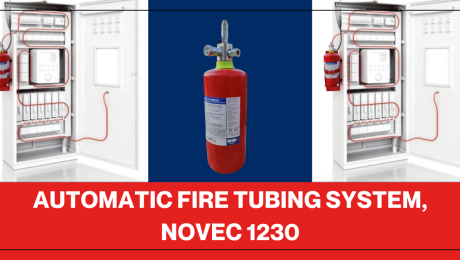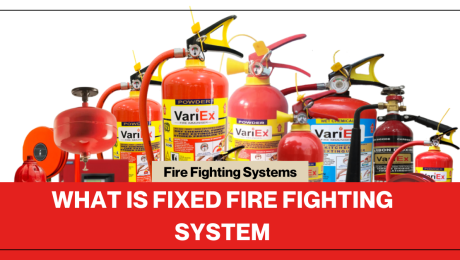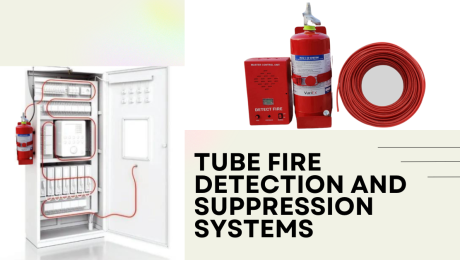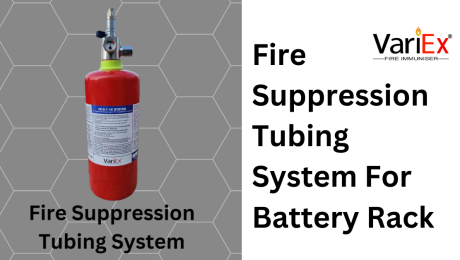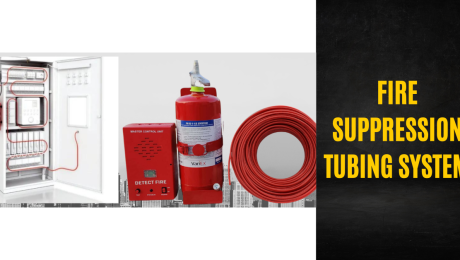Fire suppression system play a crucial role in fire safety infrastructure in buildings. They encompass various methods and technologies designed to extinguish or control fires, preventing their spread and minimizing damage. These systems include active measures such as fire sprinklers, fire extinguishers, and foam suppression systems, as well as passive features like fire-resistant materials and compartmentation. Building owners and occupants can significantly enhance fire safety by investing in robust fire suppression systems tailored to specific building layouts, occupancy types, and fire hazards. Regular maintenance, inspections, and testing ensure the reliability and effectiveness of these systems. Effective fire suppression systems actively create a safer environment for everyone in residential, commercial, and industrial buildings, minimizing the potential impact of fires on lives and property.
Automatic Fire Tubing System, NOVEC 1230
- Published in Fire Fighting System, Fire Suppression
Automatic Fire Suppression System
- Published in Fire Fighting System
Tubing Fire Suppression System For Electrical Panels
- Published in Fire Fighting System
Tube Fire Suppression System
- Published in Fire Fighting System
Fire Supperssion System Distributors
- Published in Fire Fighting System
Fire Suppression System Dealers
- Published in Fire Fighting System
How Many Types Of Fire Suppression Systems Are There?
- Published in Fire Fighting System
What Is Fixed Fire Fighting System
Tube Fire Detection And Suppression Systems
- Published in Fire Fighting System
Tube Based Fire Suppression System Electrical Cabinets
- Published in Fire Fighting System
Fire Suppression Tubing System For Battery Rack
- Published in Fire Fighting System
Fire Suppression Tubing System
- Published in Fire Fighting System
Automatic Fire Suppression System For Electrical Panels
- Published in Fire Fighting System
CO2 Fire Suppression System For Electrical Panels
- Published in Fire Fighting System


